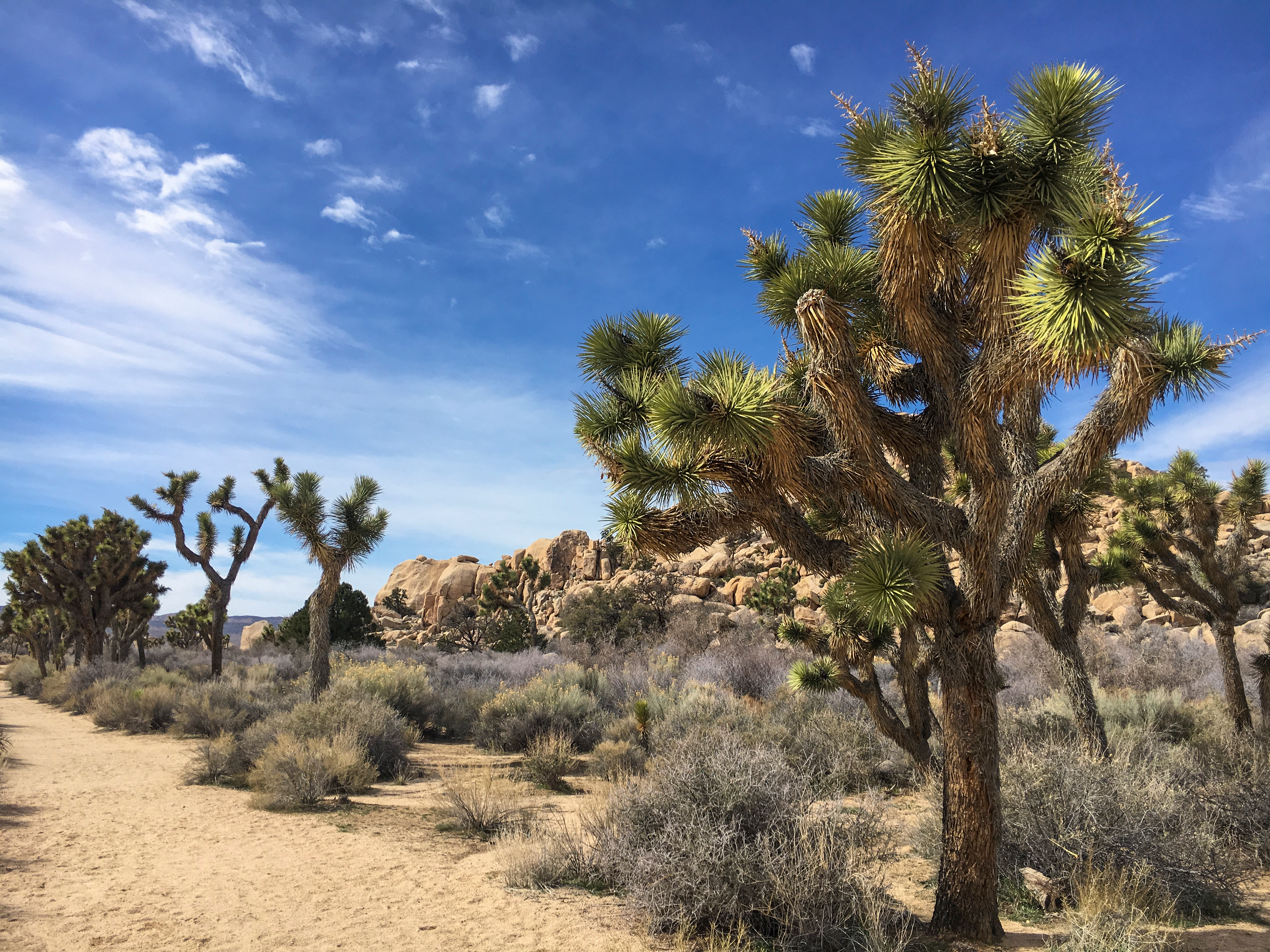- During the recent, monthlong government shutdown, national parks such as Joshua Tree were trashed and vandalized.
- But when I visited Joshua Tree for the first time this month, the park looked picture-perfect.
- An expert explained to me that for the local ecosystem, this kind of damage can take hundreds of years to repair.
The damage done to the iconic Joshua Tree National Park during the recent, monthlong government shutdown captivated and horrified many people.
I was one of them. And as a frequent visitor to US national parks, I was planning a trip to Joshua Tree just weeks after the shutdown ended. I wasn’t quite sure what to expect there.
After all, vandals had reportedly knocked down Joshua trees and spray-painted graffiti. And, with few park staff on duty, public toilets were filled, and visitors reportedly scattered trash.
It could take hundreds of years for the park to recover, a former Joshua Tree superintendent said.
But when I visited this month for the first time, the California park's more than 1,200 square miles of desert looked just like the guidebook cover.
I was struck not by the damage, as I had expected, but by the Joshua trees themselves: vividly green and spiky, and looking much like a Dr. Seuss creation, a comparison that's frequently drawn.
When I reached David Lamfrom, the California desert director for the National Parks Conservation Association, by phone last week, he was glad to hear about my experience and said it suggested that the desert had been restored at the surface level. Having park staff back at work, thanks to a temporary funding bill at the end of January, is a key part of that, he said.
But that pristine perception I got was also deceptive. Because of a dearth of moisture, time and plant growth works differently in the desert, he said. A plant may be tiny and humble-looking, and yet be incredibly old. If a Joshua tree is cut down, it could take 100 or 200 years before a new tree grows to provide the same kinds of ecological services to what's around it, including lizards, owls, hawks and more.
"It's not that the place as a whole is ruined," he said. "It's that to replace what has been damaged will take a period that's far longer than any of our lifetimes."
Read more: It could take 300 years for Joshua Tree National Park to recover from the government shutdown
Joshua trees were supposedly named by Mormons after the prophet Joshua, because of their upward-reaching limbs. There are probably thousands of them in the park, where they dot the landscape.

The National Parks Conservation Association's Lamfrom was in Joshua Tree in the first days of the shutdown, and said he encountered a madhouse. Located just a few hours from Los Angeles and other major cities, the park attracts about 2.8 million visitors annually, and the winter is an especially popular time.

He described it as a story of competing forces, with the "absolute maximum visitation and absolute minimum supervision," as just a skeleton crew of staffers were working. In addition to the park rangers, some of whom reportedly worked without pay during the shutdown, plenty of others helped out during the shutdown, including volunteers and community members.

What we know about the shutdown damage has also evolved. One damaged Joshua tree turned out to have been cut down before the shutdown, according to the publication National Parks Traveler.

At least one Joshua tree was hit by a vehicle traveling where it shouldn't have been during the shutdown, and killed, Joshua Tree National Park Superintendent David Smith told the publication. As of early this month, park staff were compiling a report about the shutdown damage, according to the report.

As awed as my boyfriend and I were by the Joshua trees, plenty else captivated us in the park. Especially notable was a garden chock full of distinctive cholla cacti. In spite of the nickname "teddy bear" cacti, cholla have notoriously painful spines, so we tread carefully around the dazzling spot.

The history of Joshua Tree as a preserved natural area has been turbulent. Parts were famously used as mines, the remnants of which can be seen on certain well-known hikes. Joshua Tree was first set up as a protected "national monument" in 1936, and expanded significantly as recently as 1994.

The park's namesake Joshua trees also face another impending threat: climate change. There could be extensive deaths of Joshua trees in the park as soon as 2100, University of California, Berkeley's Patrick Gonzalez testified to Congress this month.

We did see some evidence of vandalism, from years ago, while walking around the park. On a hike, we came by a spot where a well-known figure in Joshua Tree's history, William F. Keys, had a deadly 1943 gunfight with another man. Keys carved a stone marker on the spot, but when we came by, the stone was gone — it had been broken, and was removed by the park for safekeeping years ago. There had been prior vandalism too, according to the sign there.

Sadly, vandalism does happen in national parks, even when government shutdowns aren't in progress. That's why it's so important to protect them, Lamfrom said. "Joshua Tree is where we remember what the world has always looked like," he said.


